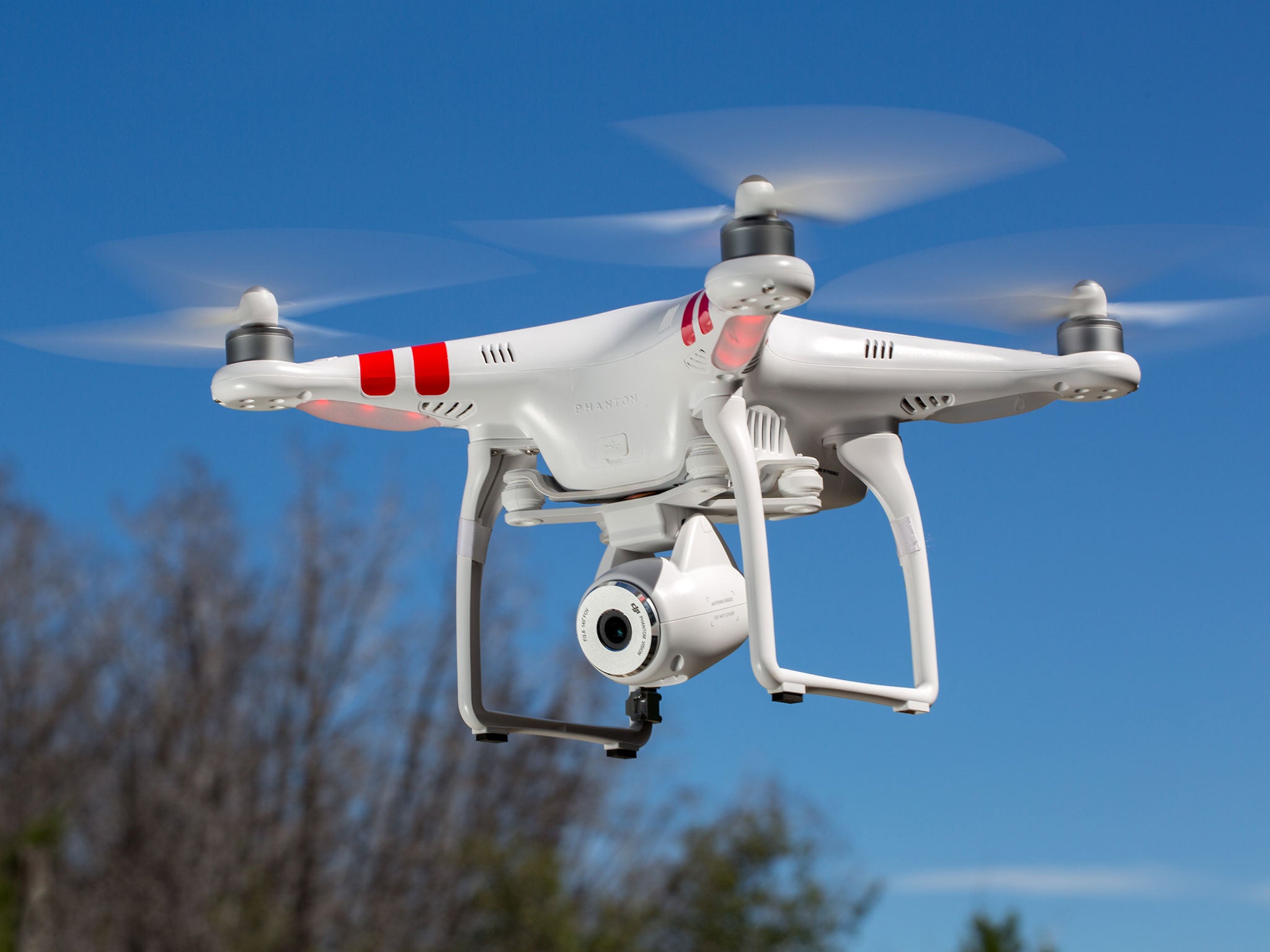The Independent's journalism is supported by our readers. When you purchase through links on our site, we may earn commission.
Nasa building air traffic control system to handle Google and Amazon delivery drones
Commercial drone operations are already being use for survey work in the agricultural industry, but delivering goods will need more control

Your support helps us to tell the story
From reproductive rights to climate change to Big Tech, The Independent is on the ground when the story is developing. Whether it's investigating the financials of Elon Musk's pro-Trump PAC or producing our latest documentary, 'The A Word', which shines a light on the American women fighting for reproductive rights, we know how important it is to parse out the facts from the messaging.
At such a critical moment in US history, we need reporters on the ground. Your donation allows us to keep sending journalists to speak to both sides of the story.
The Independent is trusted by Americans across the entire political spectrum. And unlike many other quality news outlets, we choose not to lock Americans out of our reporting and analysis with paywalls. We believe quality journalism should be available to everyone, paid for by those who can afford it.
Your support makes all the difference.Small, cheap drones are proving increasingly popular for both hobbyists and technology companies alike, but while the technology itself is ready to fly, controlling the airspace – and avoiding crashes – is a trickier proposition.
Last week, Google unveiled Project Wing, an experimental drone delivery program that sent half-helicopter, half-airplane drones buzzing around remote farmland in Australia. But how would this system work in populated areas or cities? Who would keep the airspace crash-free?
In America Nasa are on the problem. According to a report in the New York Times, the space agency has been developing an air traffic control system designed especially for handling lightweight, low-flying craft.
Nasa’s system would concentrate on airspace 400 to 500 feet above the ground, and while it would replicate the duties of traditional air traffic control (keeping an eye on traffic and weather) the whole thing would also be run by algorithms and computers – not humans in towers.
“One at a time you can make them work and keep them safe,” Parimal H. Kopardekar, a NASA principal investigator, said of current drone flights. “But when you have a number of them in operation in the same airspace, there is no infrastructure to support it.”
However, for commercial drone operations to take off in the US the approval of the Federal Aviation Administration (FAA) is still needed. The agency has so far taken a hard line on any paid work using drones (although this hasn’t stopped enterprising photographers from setting up shop) but says it’s looking to publish new propose rules before the end of the year.
Meanwhile in the UK, while the Civil Aviation Authority (CAA) has been more generous towards commercial drone operations, the law is still firm when it comes to flights in urban and built-up areas: nothing doing until we know you’re safe.
Join our commenting forum
Join thought-provoking conversations, follow other Independent readers and see their replies
Comments